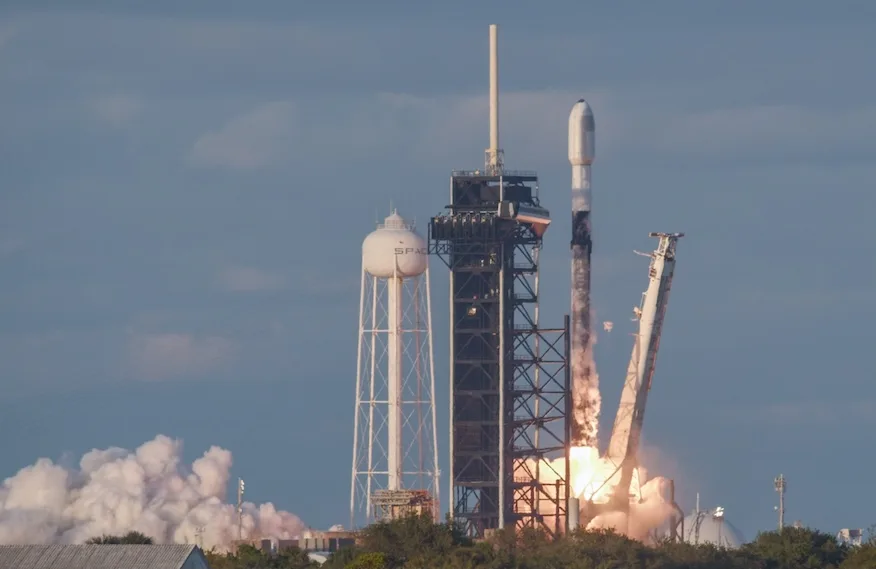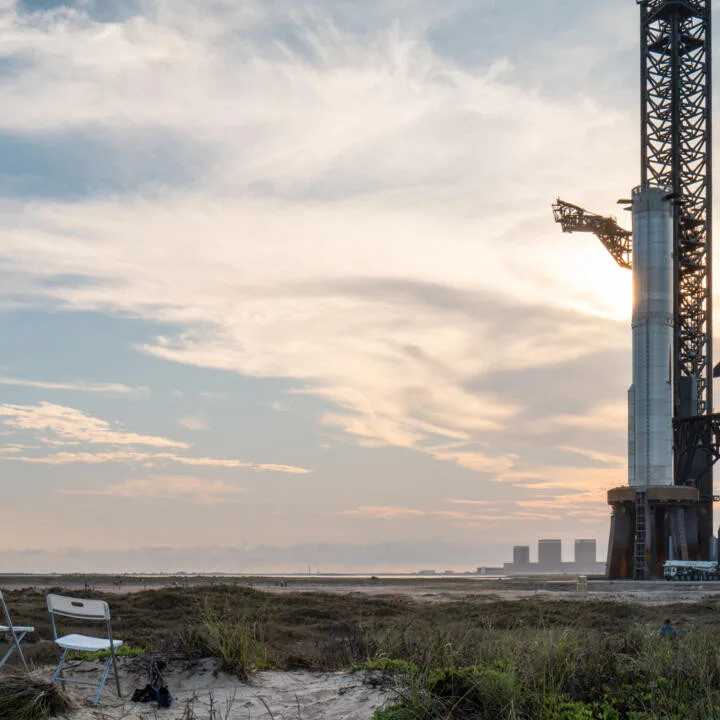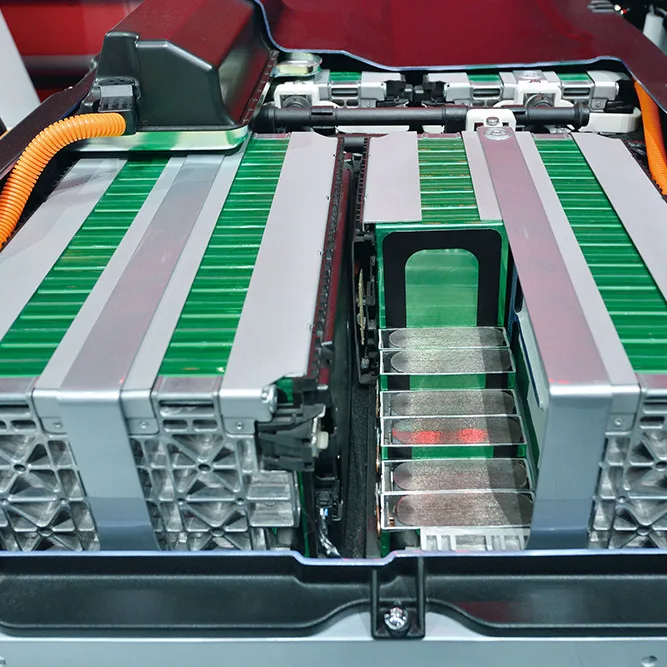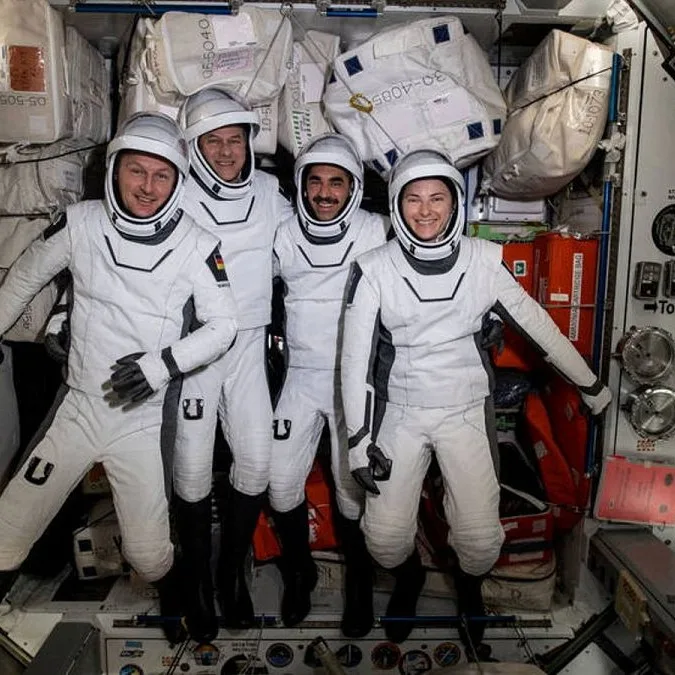On December 22, 2024, SpaceX’s Falcon 9 rocket launched from the Kennedy Space Center in Florida, successfully deploying 21 new Starlink satellites into orbit. This marks another significant milestone in SpaceX’s ongoing mission to expand its satellite internet constellation. The launch, which took place at 4:30 PM EST, was part of SpaceX’s broader strategy to improve broadband service across the globe. Alongside the Starlink satellites, the rocket also took four microgeo satellites to orbit, showcasing the versatility of Falcon 9 for various payloads.
Elon Musk, SpaceX’s CEO, stated, ‘This successful launch demonstrates our commitment to providing reliable internet connectivity through our Starlink program.’ The Starlink project, which began in 2019, aims to bridge the digital divide by offering high-speed internet to underserved areas.
In addition to the Starlink launch, SpaceX made headlines recently with the successful deployment of a rapid-response GPS mission ahead of schedule on December 17. This mission was crucial for enhancing the precision and reliability of GPS services globally.
The Falcon 9 rocket, known for its reusability, continued to impress as it completed this mission without any complications. The first-stage booster had previously flown on three missions, highlighting SpaceX’s innovative approach to reducing launch costs while also contributing to sustainable space exploration.
Locals and space enthusiasts gathered at the Kennedy Space Center to witness the launch, with many expressing excitement over the rapid advancements in commercial space travel. One onlooker remarked, ‘It’s incredible to see how far we’ve come in such a short time. Watching SpaceX launch these satellites feels like witnessing history.’
As SpaceX continues to expand its portfolio, this launch reinforces its role as a leader in the aerospace industry, pushing the boundaries of technology and connectivity. More launches are scheduled in the coming months as the company works to achieve its ambitious goals for 2025.












